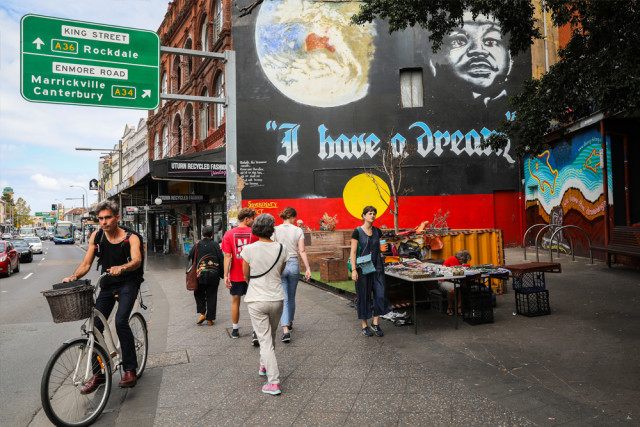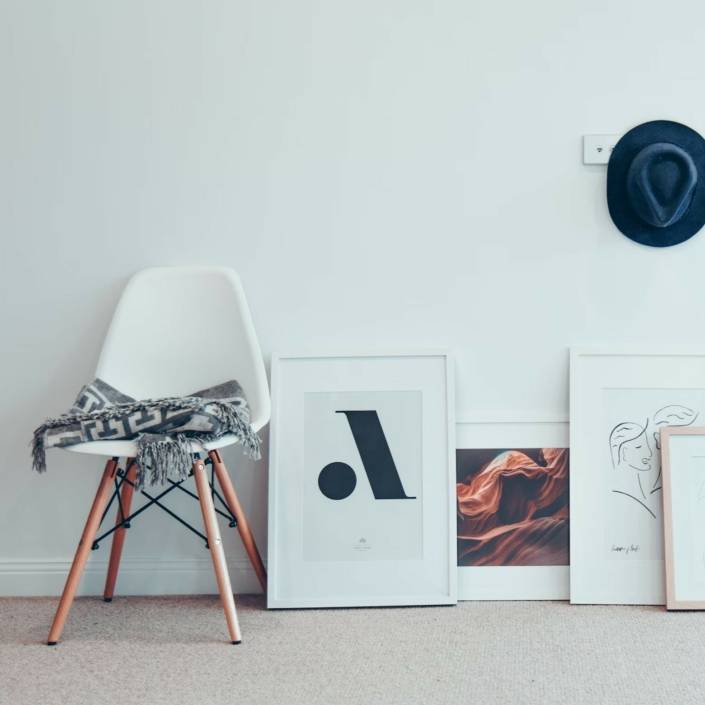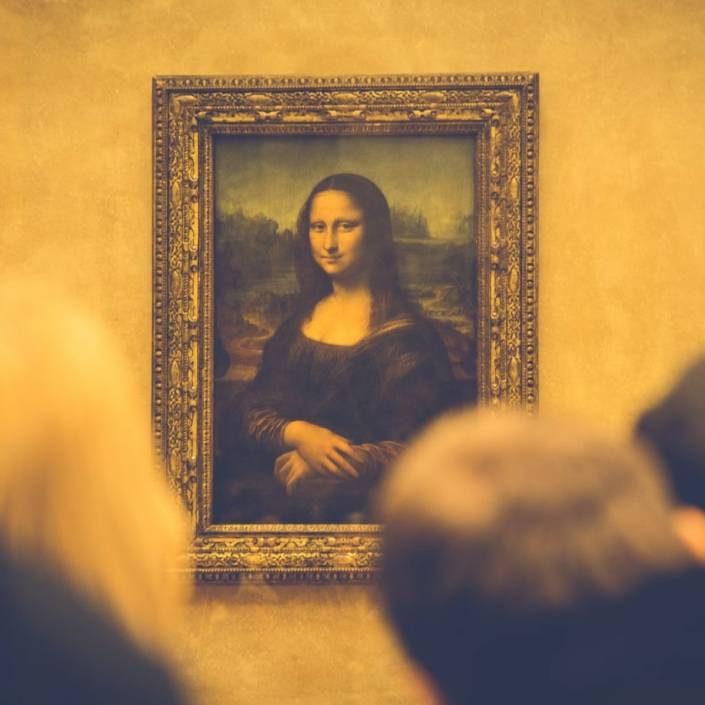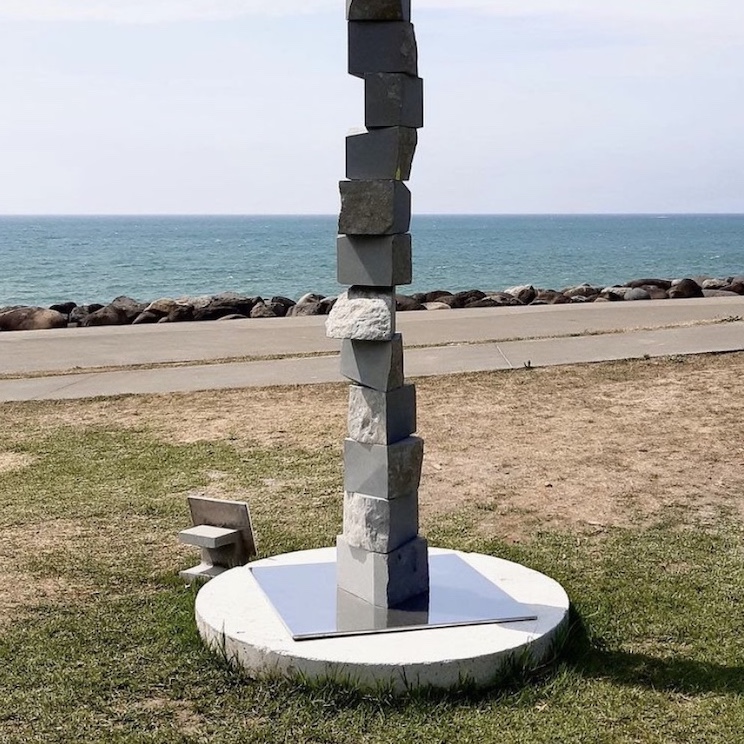Money Sullies Art: Starving for Success
Unpacking the romantic idea that people born into wealth can’t ever become real artists.
Words: Carrie Miller
If you ever wanted your romantic notions of the artist’s struggle reality tested, look no further than the title of an article on the topic: Do You Come From a Wealthy Family? You’re More Likely to Become an Artist Than Someone From a Poorer Background. The ArtNet piece describes a recent US study showing that the socio-economic status of your family is a key factor in whether you are free to choose the art life. By analysing census data since the mid-19th Century, the researcher determined that a person’s chance of entering a creative occupation rises around two percent for every USD $100,000 of additional family income. Put in the plainest terms, if your family makes USD $1million a year, you’re ten times more likely to become an artist than if they brought in USD $100,000.
Setting aside the associated cultural benefits of family wealth – a private school art education, overseas trips to museums and so on – it is the financial insecurity of the profession in capitalist economies like the US and Australia that makes an art career the domain of the privileged. Artists are some of the lowest paid professionals; it is rare that artists earn a living from their work in the early years of their careers, and the pay remains low for the vast majority of artists. Not only does it require additional sources of income for living expenses, it is not uncommon for artists to have other jobs just to pay for the costs associated with their practice. In short, it is simply more of a risk to become an artist: it is expensive, it takes longer to establish yourself, and there’s a big risk that you will never be financially successful.
There are compounding factors that have further entrenched the insecure economic lot of artists over recent decades. An art school education, once free and considered an optional path to having an art career, is now seen as a costly, minimum entry point to becoming an artist. There is also the issue of the gentrification of the inner-cities of major urban centres – still the places artists gravitate to and the art world orbits around. Not only are domestic rents now astronomical, the old warehouses that once provided cheap and sizable studio spaces have been converted into much more profitable warehouse style residential properties.
Where does this leave the romantic idea that an artist’s struggle is what gives depth to their work and character? Is there an analogy to be drawn from the way upwardly mobile suburbanites move into those converted warehouse style apartments because they want a taste of culture without putting in the sweat equity of a tough urban existence? While the economic environment for artists has become increasingly bleak over the past couple of decades, the notion that real artists need to be impoverished to have a well of authentic experiences from which to draw creative inspiration has always been a myth. There is a long history of venerated artists coming from privilege. Rembrandt and Vermeer were from relatively well-to-do families. Even that great icon of struggle Van Gogh was never at any real risk of ending up in the gutter. While not from old family money, he was financially supported by his brother who was the manager of an art dealership.
There are other struggles in life besides economic ones anyway. Van Gogh was proof enough of that. Contemporary identity politics has created its own artistic genre of the oppressed. There are many successful contemporary artists whose work is concerned with the struggle associated with marginalised sexualities and gender identities that doesn’t consider the material impacts of class. Perhaps it is enough that, regardless of whether artists are born into economic deprivation or privilege, art will always trade in ideas about the human condition and the type of suffering that is common to everyone. Of course, it helps to have the resources to indulge in that sort of philosophical introspection.
Photo courtesy: City of Sydney.
This article was originally published in Art Collector issue 96, April to June 2021.









